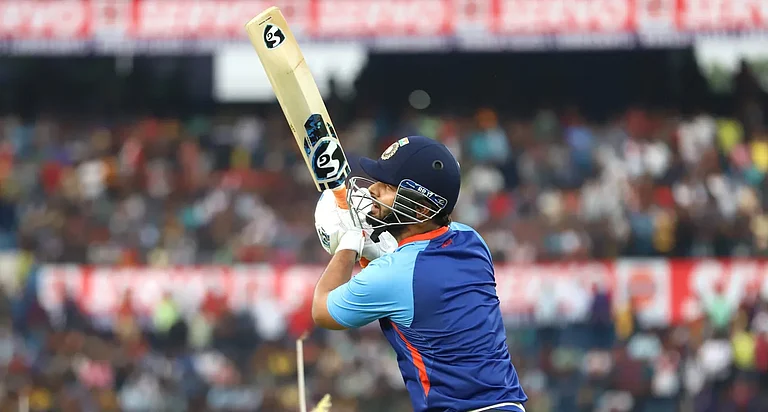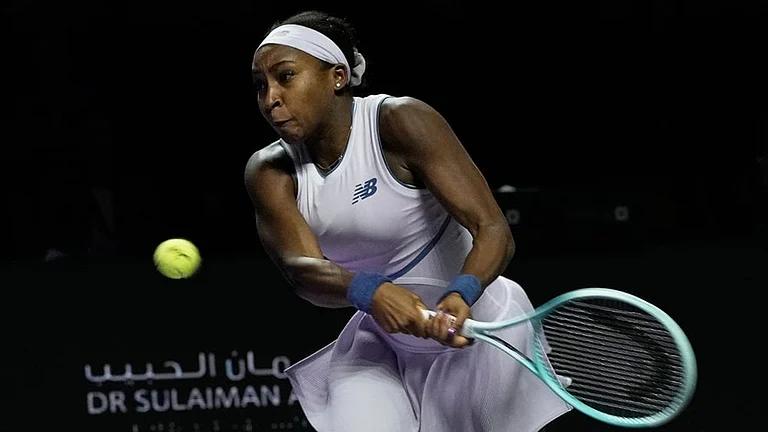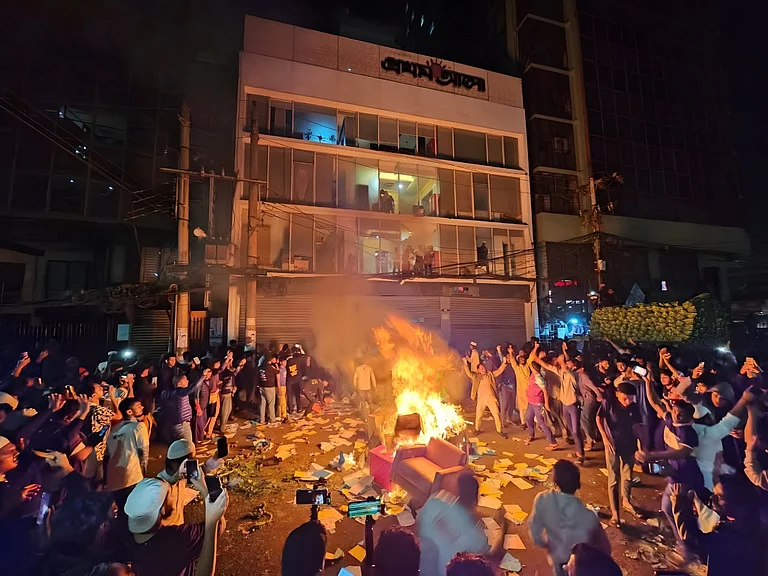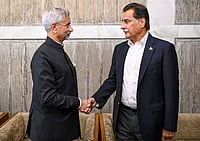Pakistan is again in the midst of a crisis as it stares at continued political turmoil, economic deterioration and intensified terror attacks in the northwestern areas.
In fact, monthly inflation jumped to 31.6% in February year-on-year, Pakistan Bureau of Statistics said, which marks the highest annual rate since available data, i.e. July 1965, according to research firm Arif Habib Ltd. Trouble mounts for the current Prime Minister Shehbaz Sharif as the International Monetary Fund (IMF) rejected his debt management plan last month.
To make matters worse, Imran Khan was removed from office after he lost a vote of no confidence in the National Assembly in April last year. Army chief General Qamar Javed Bajwa lost faith in Khan and aided his ouster by turning its back on the PTI.
Clearly, the role of the army in deciding the political fate of the country has been significant since the country’s formation. Here we look at how the country fared under its three military dictators.
Pakistan saw its first military coup in 1958 when President Iskander Mirza abrogated the Constitution and declared martial law with General Ayub Khan as the Chief Martial Law Administrator. Gen Ayub Khan seized the position from Mirza and became the President of Pakistan, a few weeks later.
Under the martial law that existed for 44 months, the military established an alliance with the bureaucracy to govern the country. Khan sought to concentrate power into his hands by introducing a slew of ordinances such as banning political parties and replacing the parliamentary system with a presidential form of government in 1962.
In fact, he was against direct election by universal adult franchise because “the voters could not resist the temptation of bribery: only millionaires would dare contest elections”. He also took power away from politicians on the account of corruption, by introducing regulations such as Public Offices (Disqualification) Order (PODO) and the Elective Bodies (Disqualification) Or- der (EBDO) in 1959.
However, he did adopt economic reforms that bore fruit and increased the gross fixed investment from 8.5% of GDP in 1958-1959 to 14% in 1968-1969. However, economists pointed out that this economic growth was rooted in income inequality, which worsened over time between regions.
The second military coup took place in 1977 when General Zia ul Haq and his army dissolved the parliament and placed Zulfiqar Ali Bhutto under house arrest. Bhutto had emerged victorious in the nation’s first general elections. Zia went on to suspend the Constitution and imposed martial law. Although he had announced that elections would be held in 90 days, he began censoring politicians and journalists publicly.
Two newspapers from Karachi, Daily Musawat and Daily Sadaqat were banned by the government in 1979. A number of journalists who had participated in strikes and demonstrations violating the martial law, were arrested. Moreover, for the first time in the history of the subcontinent, four journalists had received lashings.
He held elections in 1985 and invited Muhammad Khan Junejo to form the government as the country’s new prime minister and swore himself as the president for five years. He continued as president until he died in a plane crash in 1988.
Pakistan saw its third military coup in 1999 after General Pervez Musharaff came to power following a bloodless coup and ousted Nawaz Sharif's government. Ironically, the then Prime Minister Nawaz Sharif had superseded several senior officers to appoint Musharraf as Army chief. A year later, Sharif's appointee overthrew him after the Kargil War and assumed the role of Pakistan's Chief Executive. Sharif had to go into exile.
Apart from surviving multiple assassination attempts during his tenure, Musharaff was under pressure after US President George W Bush announced the War on Terror on Islamist terrorism and the US-led forces invaded Afghanistan, following the 9/11 attacks.
Musharraf however, did not declare martial law. He allied with America in the war against terror and cracked down on Islamist groups and banned dozens of radical outfits.
During his tenure, Pakistan saw some structural reforms - ranging from the economic and social sectors to administrative and political restructuring.
In November 2007, Musharraf imposed a state of emergency and suspended the Constitution. He resigned the following year after his opponents announced that they would seek his impeachment in Parliament.
(With PTI inputs)


























